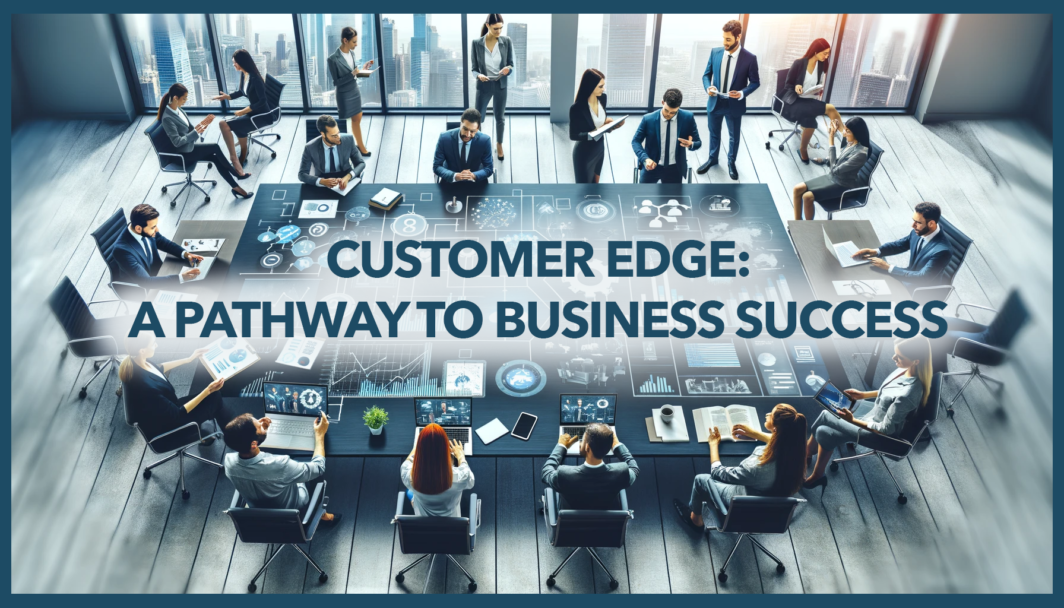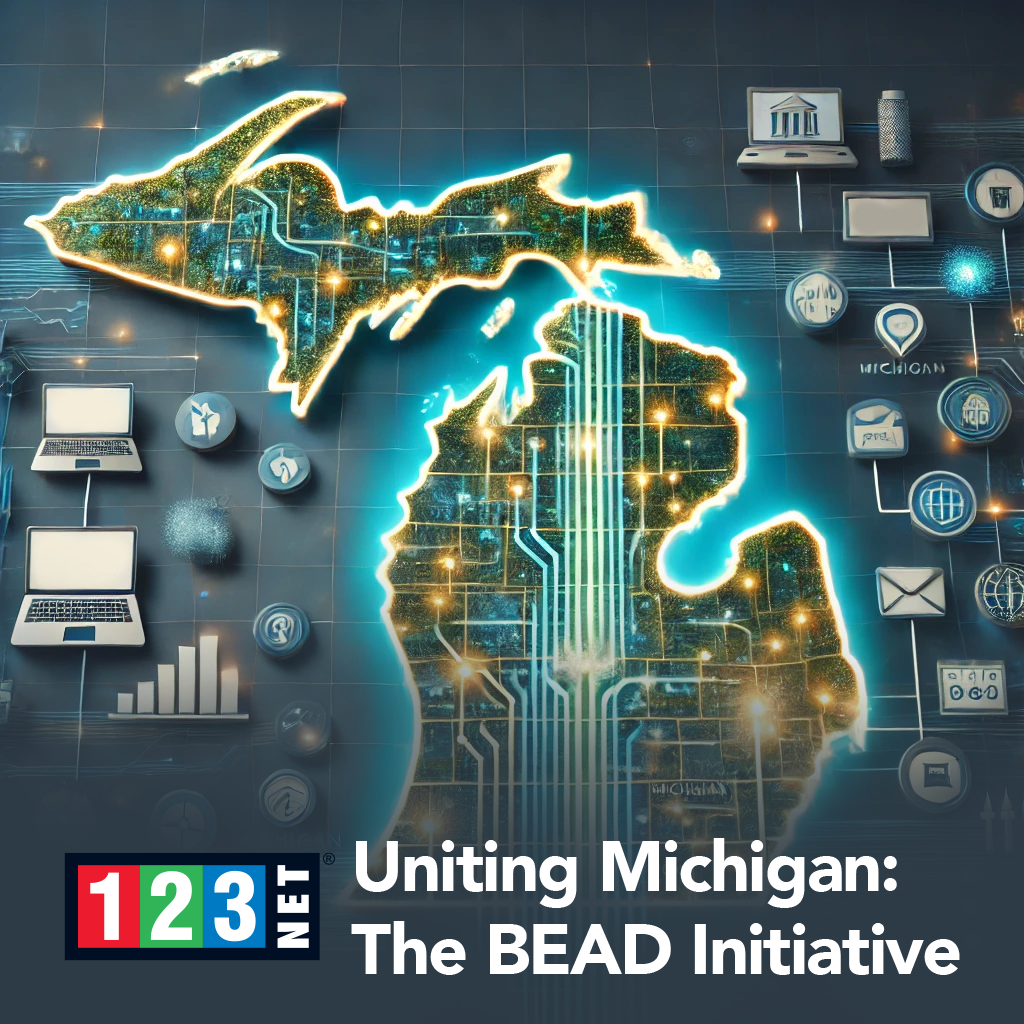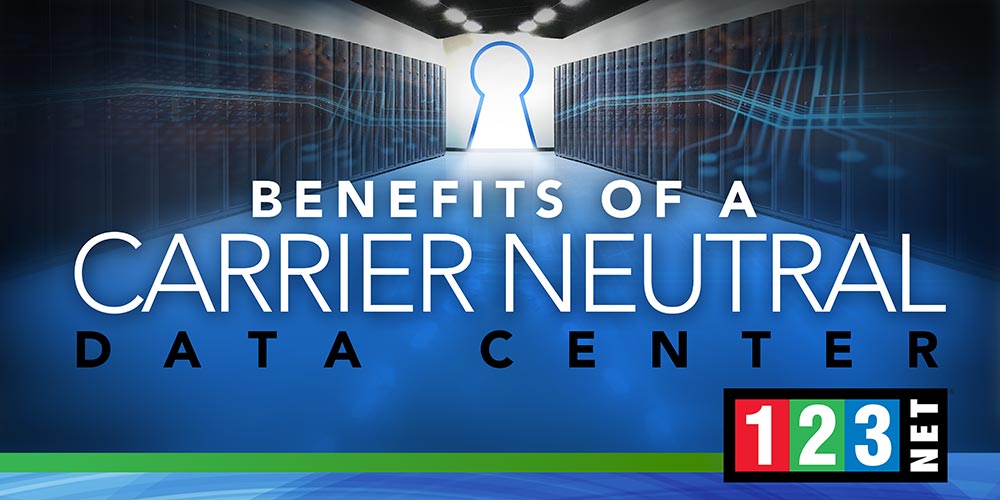
Introduction
In today’s competitive business landscape, achieving and maintaining a customer edge is crucial for sustained success. Customer edge refers to the unique advantage a company holds by prioritizing customer satisfaction and loyalty through superior customer experiences. This edge allows businesses to stand out in the market, attract and retain customers, and drive long-term growth.
Understanding the importance of customer edge is essential for companies aiming to thrive in an ever-evolving market. By focusing on delivering exceptional value and personalized experiences, businesses can build strong, lasting relationships with their customers. In this article, we will delve into the concept of customer edge, its benefits, strategies for achieving it, and the challenges companies may face in maintaining it. We will also explore real-world case studies and future trends shaping the customer edge landscape.
Understanding Customer Edge
What is Customer Edge?
Customer edge is the distinctive advantage a business gains by consistently delivering superior customer experiences, leading to increased satisfaction, loyalty, and competitive differentiation. It involves understanding and anticipating customer needs, providing personalized solutions, and ensuring seamless interactions across all touchpoints. By focusing on these aspects, businesses can build strong, lasting relationships with their customers, making them more likely to return and recommend the company to others.
Historical Context and Evolution of Customer Edge
The concept of customer edge has evolved over time, influenced by changing market dynamics and technological advancements. In the past, businesses primarily focused on product quality and pricing to attract and retain customers. However, with the rise of the digital age, customer expectations have shifted significantly. Today, customers demand personalized and seamless experiences that cater to their individual needs and preferences.
To meet these evolving expectations, companies now leverage advanced technology and data analytics. These tools allow businesses to gain deeper insights into customer behavior, enabling them to tailor their offerings and interactions more effectively. By analyzing customer data, companies can anticipate needs, deliver personalized solutions, and create a more engaging and satisfying customer experience.
For example, businesses use customer relationship management (CRM) systems to track interactions and preferences, allowing them to provide more relevant and timely communications. Additionally, predictive analytics help companies foresee customer trends and adjust their strategies accordingly. This shift towards a customer-centric approach has redefined the competitive landscape, making customer edge a critical factor for success in today’s market.
Benefits of Customer Edge
Improved Customer Satisfaction
Achieving a customer edge leads to higher levels of customer satisfaction. When customers feel valued and understood, they are more likely to have positive experiences with the brand. This results in repeat business and positive word-of-mouth, both of which are crucial for growth. For instance, personalized customer interactions and timely responses to inquiries can significantly enhance satisfaction, making customers feel appreciated and important. Companies that prioritize customer satisfaction often see an increase in customer retention and overall happiness.
Increased Customer Loyalty
A strong customer edge fosters customer loyalty. Loyal customers not only make repeat purchases but also act as brand advocates, recommending the business to others and contributing to its growth. By consistently meeting and exceeding customer expectations, businesses can cultivate a loyal customer base. These loyal customers are more likely to stick with the brand even when competitors offer similar products or services. Loyalty programs, personalized offers, and exceptional customer service are key strategies that enhance customer loyalty.
Enhanced Competitive Advantage
In a crowded marketplace, having a customer edge sets a business apart from its competitors. Companies that excel in delivering exceptional customer experiences can differentiate themselves and attract a larger share of the market. A strong customer edge acts as a unique selling proposition that competitors find hard to replicate. This differentiation helps businesses stand out and be the preferred choice for customers. By focusing on what customers value most, companies can build a competitive advantage that drives long-term success.
Higher Revenue Growth
Businesses with a customer edge often experience higher revenue growth. Satisfied and loyal customers tend to spend more, leading to increased sales and profitability. Moreover, these customers are more likely to explore other products or services offered by the company, further boosting revenue. Companies that invest in enhancing customer experiences often see a significant return on investment. This higher revenue growth is a direct result of the positive relationship and trust built with customers, leading to sustained business growth and financial stability.
Strategies to Achieve Customer Edge
Personalization and Customization
Personalization is key to achieving a customer edge. By tailoring products, services, and interactions to individual customer preferences, businesses can create more meaningful and relevant experiences. Utilizing customer data and analytics, companies can understand specific needs and deliver customized solutions. For example, e-commerce platforms use browsing and purchase history to recommend products, while service providers customize their offerings based on past interactions. This personalized approach makes customers feel valued and enhances their overall experience with the brand.
Customer Feedback and Engagement
Actively seeking and incorporating customer feedback is vital for continuous improvement. Engaging with customers through surveys, social media, and other channels helps businesses understand their expectations and pain points, allowing them to refine their offerings and enhance the overall experience. By listening to customer feedback, companies can identify areas of improvement and implement changes that resonate with their audience. Regularly engaging with customers not only builds trust but also demonstrates a commitment to meeting their needs, fostering stronger relationships.
Leveraging Technology and Data Analytics
Technology plays a crucial role in gaining a customer edge. Advanced data analytics enable businesses to gather and analyze vast amounts of customer information, providing valuable insights for decision-making. Implementing AI and machine learning can further enhance customer interactions by offering personalized recommendations and proactive support. For instance, chatbots powered by AI can provide instant responses to customer queries, improving satisfaction and efficiency. By leveraging technology, businesses can anticipate customer needs and deliver superior experiences.
Training and Empowering Employees
Employees are the frontline of customer experience. Providing comprehensive training and empowering them with the right tools and information ensures they can deliver exceptional service. Training programs should focus on customer service skills, product knowledge, and problem-solving abilities. Encouraging a customer-centric culture within the organization fosters a commitment to meeting and exceeding customer expectations. Empowered employees are more engaged and motivated, which translates to better customer interactions and higher satisfaction levels.
Challenges in Maintaining Customer Edge
Market Competition
Intense market competition poses a significant challenge in maintaining a customer edge. Competitors constantly strive to outdo each other in terms of customer experience, making it essential for businesses to stay innovative and agile. Companies must continuously monitor their competitors and adapt their strategies to ensure they are not left behind. This competitive pressure necessitates constant vigilance and a proactive approach to improving customer interactions and satisfaction.
Changing Customer Expectations
Customer expectations are continually evolving, driven by technological advancements and changing preferences. Businesses must stay attuned to these shifts and adapt their strategies accordingly to maintain their edge. For example, the rise of mobile technology has led to increased demand for seamless and instant customer service across various channels. Companies need to regularly update their offerings and communication methods to meet these changing expectations, ensuring they provide relevant and timely solutions to their customers.
Technology Integration Issues
Integrating new technologies seamlessly into existing systems can be challenging. Ensuring that technology enhances rather than hinders the customer experience requires careful planning and execution. Businesses often face difficulties in aligning new technological solutions with their current infrastructure, leading to potential disruptions in service. Effective technology integration involves thorough testing, training, and continuous monitoring to ensure smooth operations and a positive customer experience.
Future Trends in Customer Edge
Role of AI and Machine Learning
AI and machine learning will continue to play a pivotal role in shaping the future of customer edge. These technologies enable businesses to provide highly personalized experiences, anticipate customer needs, and offer proactive solutions. For example, AI-driven chatbots can handle customer inquiries efficiently, while machine learning algorithms analyze customer data to predict future behaviors and preferences, allowing businesses to tailor their offerings more precisely.
Omnichannel Customer Experience
Delivering a seamless omnichannel experience is becoming increasingly important. Customers expect consistent and connected interactions across various channels, from online to offline. To maintain their edge, businesses must ensure a cohesive experience where customers can effortlessly switch between platforms, whether they are shopping online, using a mobile app, or visiting a physical store. This unified approach enhances customer satisfaction and loyalty by providing convenience and consistency.
Predictive Analytics and Customer Insights
Predictive analytics will enhance businesses’ ability to anticipate customer behavior and preferences. By leveraging these insights, companies can proactively address customer needs and improve overall satisfaction. Predictive models can forecast trends, identify potential issues before they arise, and suggest optimal times for engagement. This proactive approach allows businesses to stay ahead of customer expectations and deliver superior experiences consistently.
FAQs on Customer Edge
- What is a customer edge in the context of business? A: Customer edge refers to the advantage a company gains by prioritizing customer satisfaction and loyalty through superior customer experiences.
- How can a company develop a customer edge? A: A company can develop a customer edge by personalizing interactions, actively seeking customer feedback, leveraging technology and data analytics, and empowering employees to deliver exceptional service.
- What are the main benefits of having a customer edge? A: The main benefits include improved customer satisfaction, increased loyalty, enhanced competitive advantage, and higher revenue growth.
- What challenges might a company face in maintaining a customer edge? A: Challenges include intense market competition, changing customer expectations, and technology integration issues.
- How does technology influence customer edge strategies? A: Technology, particularly AI and data analytics, provides valuable insights into customer behavior and preferences, enabling businesses to offer personalized and efficient experiences.
Conclusion
In summary, achieving a customer edge is vital for businesses aiming to thrive in today’s competitive landscape. By focusing on customer satisfaction, loyalty, and personalized experiences, companies can differentiate themselves and drive long-term success. Key strategies include leveraging technology, gathering and acting on customer feedback, and empowering employees. However, businesses must also navigate challenges such as market competition and evolving customer expectations. Looking ahead, advancements in AI, omnichannel experiences, and predictive analytics will continue to shape the future of customer edge. Embracing these trends will enable companies to stay ahead and maintain their edge in the market.




